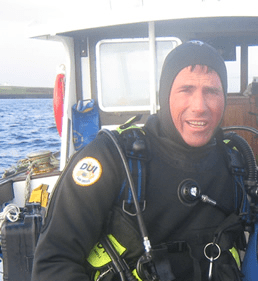
Scuba Diving Fakarava South Pass vs North Pass (Shark Heaven)

What are the differences between Fakarava South Pass vs North pass
Fakarava South Pass vs North Pass, which are the two main channels into and out of the Fakarava Atoll lagoon. There’s one channel or pass on the north side of the Atoll ‘Garuae pass‘ and one channel to the south ‘Tumakohua pass‘.
Scuba Diving Fakarava South Pass vs North Pass. The differences and similarities between the south pass vs the north pass of Fakarava Atoll in the French Polynesia Pacific region. Both are known for shark diving and for large numbers of grouper.
The best way to dive the Fakarava is by a scuba diving liveaboard. You can check the latest and best deals on a Polynesia liveaboard using the following window:
What are the differences and similarities between Fakarava South Pass vs North Pass?
I thought the best way to show the similarities and differences between the South Pass vs North Pass into the lagoon of Fakarava Atoll was as a table, as below:
| Differences vs similarities | South Pass | North Pass |
|---|---|---|
| Local name of the pass or channel | Tumakohua pass | Garuae pass |
| Pass width | 200 metres (656 feet) | 1,600 metres (5,249 feet) |
| Pass depth | 18 metres (60 feet) | 15 to 30 meters (50-100 feet) |
| Pass known for | Spawning of Marbled Grouper in June | Largest of all French Polynesian passes |
| Type of dive | Can be a mild drift dive | Mild to strong current drift dive |
| What to see just outside the pass | Hundreds of grey reef sharks on the 'Shark Wall' | Mantas |
| What to see in the pass | Grey reef sharks, white tip reef sharks, blacktip reef sharks | Grey reef sharks, white tip reef sharks, blacktip reef sharks |
Two of the main differences between the South Pass and the North Pass of Fakarava are the size and strength of the currents.
The North Pass is not only the largest pass into the lagoon of Fakarava Atoll, but it is also the largest pass in the Tuamotus region. The north pass is 1,600 metres wide (5,249 feet), compared to the South pass which is only 200 metres (656 feet) wide.
The second difference is the strength of the currents, with the strongest being in the north pass by far. To dive Fakarava by liveaboard, follow this link to Polynesia liveaboards.

I hope you enjoyed this article about scuba Diving Fakarava South Pass vs North Pass
I’d love to hear from you. Tell us about your adventures of diving and snorkeling, in the comments below. Please also share your photos. Either from your underwater cameras or videos from your waterproof Gopro’s!
If this article hasn’t answered all of your questions. If you have more questions either about snorkeling or types of scuba diving (or specifically about scuba Diving Fakarava South Pass vs North Pass), please comment below with your questions.
There will also be many more articles about scuba diving (and snorkeling) for you to read and learn about these fabulous sports.
Have fun and be safe!
